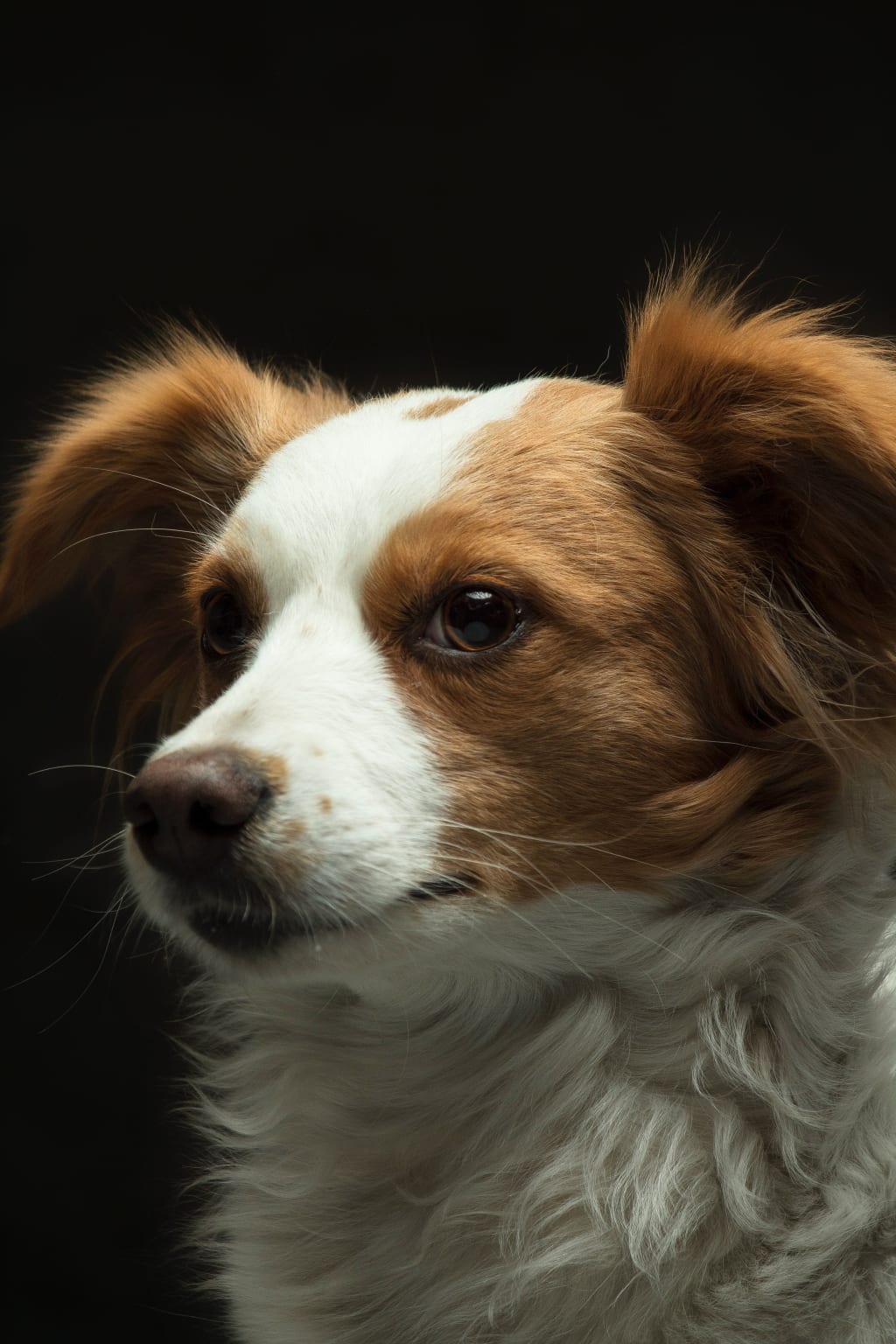How Long Does Dog Hair Grow?
What Causes Dog Hair To Grow Fast?

The growth rate of a dog's hair is influenced by various factors, including breed, age, health, nutrition, and hormonal changes. Generally, dog hair grows back at a consistent rate, but there might be some variations depending on these factors.
After a dog sheds or loses its hair due to grooming, illness, or injury, the hair follicles go through a growth cycle. The growth cycle consists of several phases: anagen (growth phase), catagen (transition phase), and telogen (resting phase). After the resting phase, new hair begins to grow, and the cycle repeats.
Some dog breeds have faster hair growth rates than others, and individual dogs within the same breed may also exhibit variations in their hair growth speed. For example, Poodles and Maltese dogs are known for their fast hair growth, while breeds like Greyhounds have a slower hair growth rate.
It's important to note that factors such as diet, overall health, and hormonal balance can influence a dog's hair growth. Providing your dog with a balanced diet and regular grooming can help maintain healthy hair growth and a shiny coat.
If you notice any significant changes in your dog's hair growth rate or if your dog experiences sudden hair loss or bald patches, it's essential to consult a veterinarian. Underlying health issues, allergies, or skin conditions could be contributing to these changes. Your vet can provide proper guidance and identify any potential health concerns that might be affecting your dog's coat.
The regrowth of dog hair follows a natural cycle similar to humans. Dogs, like many other animals, shed their fur as part of a regular process to replace old or damaged hair with new growth. The hair growth cycle has several phases:
1. Anagen phase: This is the active growth phase, during which new hair is produced from hair follicles. The length of this phase varies depending on the breed and individual dog characteristics.
2. Catagen phase: In this transitional phase, hair growth slows down, and the hair detaches from the blood supply. This phase is relatively short.
3. Telogen phase: This is the resting phase, where hair follicles are inactive, and no new hair growth occurs. The old hair is held in place until new hair starts to grow, pushing out the old hair.
4. Exogen phase: During this phase, new hair starts to grow, pushing out the old hair, which is then shed.
The duration of each phase varies among different dog breeds and individual dogs. For example, some dogs may have a short hair growth cycle and shed more frequently, while others may have longer cycles and shed less often.
Factors such as age, health, nutrition, and season can influence a dog's hair regrowth. Puppies tend to have faster hair growth than adult dogs. Additionally, certain medical conditions or imbalances in hormones can affect hair regrowth in dogs.
If you notice abnormal hair loss or slow hair regrowth in your dog, it's essential to consult with a veterinarian. They can examine your pet and determine if there are any underlying health issues that might be affecting their coat condition. Proper nutrition, grooming, and regular veterinary check-ups are essential for maintaining healthy and vibrant hair regrowth in dogs.
Yes, dogs' hair does indeed grow. Like humans and most mammals, dogs have hair that grows from hair follicles. The rate of hair growth can vary depending on factors such as breed, age, health, and individual genetics.
Different dog breeds have different types of hair, including:
1. Single-coated breeds: These dogs have only one layer of hair, like Greyhounds or Dalmatians.
2. Double-coated breeds: These dogs have two layers of hair, an outer coat (guard hairs) and a dense, insulating undercoat. Examples include Siberian Huskies and Golden Retrievers.
3. Wiry-coated breeds: Dogs like the Irish Terrier have a wiry, rough outer coat.
4. Curly-coated breeds: Breeds such as Poodles have dense, curly hair.
5. Hairless breeds: Some breeds, like the Chinese Crested, have little to no hair.
Regardless of the type of hair, regular grooming is important to keep your dog's coat healthy and prevent issues like matting, tangles, and excessive shedding. Grooming needs can vary widely between breeds, so it's essential to understand your dog's specific grooming requirements based on its coat type. Regular brushing, trimming, and occasional baths are usually part of a proper grooming routine for most dogs.
About the Creator
Enjoyed the story? Support the Creator.
Subscribe for free to receive all their stories in your feed. You could also pledge your support or give them a one-off tip, letting them know you appreciate their work.





Comments
There are no comments for this story
Be the first to respond and start the conversation.